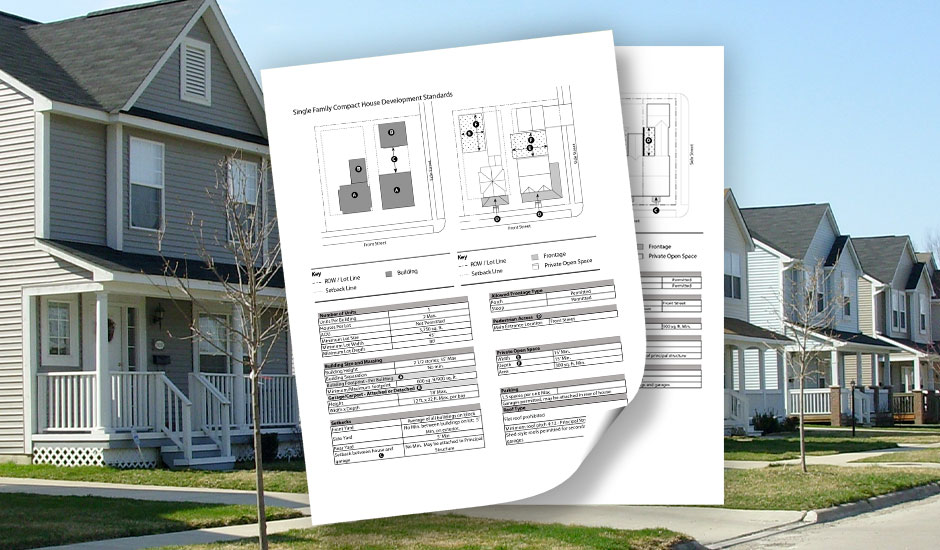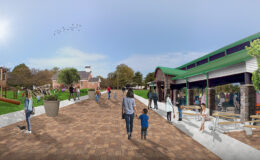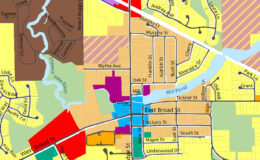The US housing market’s major challenges are rooted in supply and demand. The State of the Nation’s Housing 2023 report from Harvard University’s Joint Center for Housing Studies (JCHS) details record unaffordability and near-record housing shortages for renters and homeowners. These challenges are disproportionately affecting lower-income households and people of color. Effective solutions are needed to increase community housing choice, access, and opportunities.
Municipalities can help address barriers to housing with new or updated master plans, amendments to zoning ordinances, or studies to determine specific housing needs and goals. These actions can help facilitate the construction of new and diverse housing types and lower housing costs. Wade Trim’s planning team has decades of experience working with communities to identify solutions to local housing challenges. Recent examples of this work within communities follow.
The City of Linden, MI, adopted a 20-year Master Plan in February 2023. Wade Trim led the master planning effort, with assistance from CIB Planning. One of Linden’s key themes, Vibrant Residential Neighborhoods, embodies the City’s strategic goal to provide varied, high-quality housing types for people of all ages, incomes, and household sizes. Objectives to reach that goal include supporting new lifestyle housing choices and affordable housing opportunities, enforcing existing housing and rental codes, and fostering development of new residential neighborhoods.
The City of Frankfort, Frankfort Housing Commission, and Frankfort Area Community Land Trust worked with Wade Trim to prepare zoning ordinance amendments that support the development of workforce (attainable) housing within this Michigan city. The planning process included public education and engagement on workforce housing needs, identification of existing regulatory barriers to attainable housing development, and prospective zoning solutions. Ultimately, an Attainable Workforce Housing Development Option was adopted within the zoning ordinance that opens the door for new workforce housing that targets lower-income households. Numerous housing types are permitted including cottage courts, duplexes, rowhouses, multiplex buildings, and single-family detached houses, provided certain design standards are met.
The U.S. Department of Housing and Urban Development (HUD) provides funding to entitlement communities, such as the Pinellas County Consortium in Florida, requiring detailed plans on housing and community development needs. Wade Trim prepared Pinellas County’s 2020-2024 Consolidated Plan, 2020 Annual Action Plan, Analysis of Impediments to Fair Housing Choice (AI) Report, and HOME-ARP Allocation Plan. Extensive public outreach, including meetings, forums, and surveys, was used to identify community needs and goals. These plans address low- and moderate-income housing and development needs with strategies to overcome barriers. Notably, the Five-Year Consolidated Plan prioritizes the preservation and production of affordable housing.







